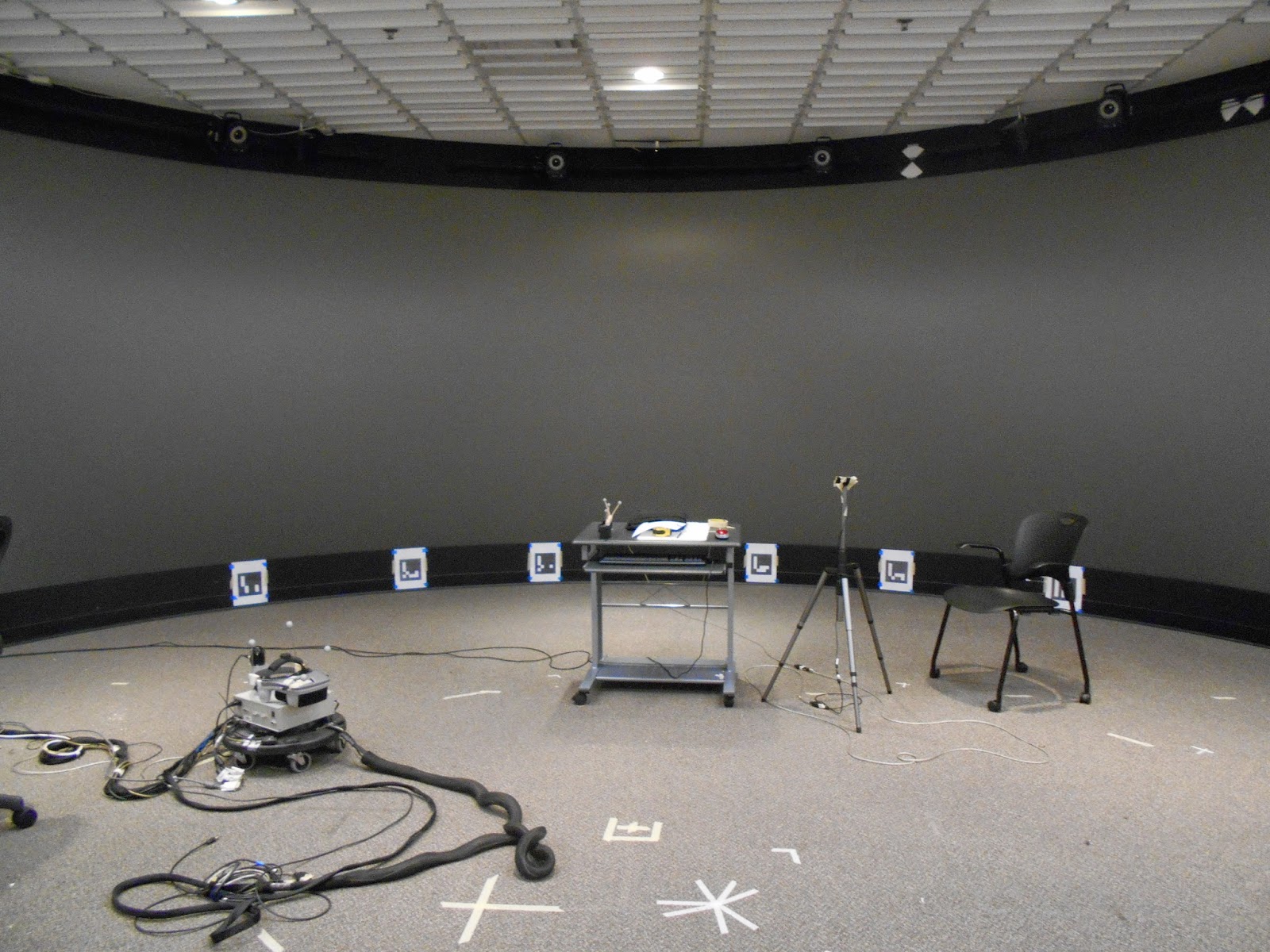
In this research project, Professor Interrante is collaborating with Stephen Guy from the Computer Science Department and Lee Anderson from the Architecture Department in order to enhance the use of virtual environments in the construction and architecture world. The advantage of using virtual environments in assessing and discussing construction designs is self-explanatory, since it cuts the cost of constructing real life models. However, the system is not perfect yet. One of its faults is the fact that many users fail to have an accurate perception of distance and depth in a virtual environment. In order to solve this problem, previous resear chers have attempted to incorporate several methods into the virtual experience such as making users walk and operate in the real world while exploring the virtual one, making use of self avatars and third person avatars as references, etc...
Hence, the much smaller section of this research that I will be working on is concerned on making a third person avatar move around the virtual environment. Particularly, my partner and I will be attempting to have an avatar model to walk across a virtual hallway and disappear into the sides of the hallway (probably a door). To achieve this end, we will be using a game engine called Unreal as a platform to manipulate the avatar and the hallway and produce the final virtual environment. Eventually, the environment will be made accessible through a head mount device worn by users of the system.
After this, we will be conducting an experiments by using a number of user participants. In the experiment, we will measure how the presence of an avatar model affects the accuracy of the users experience in the virtual hallway.